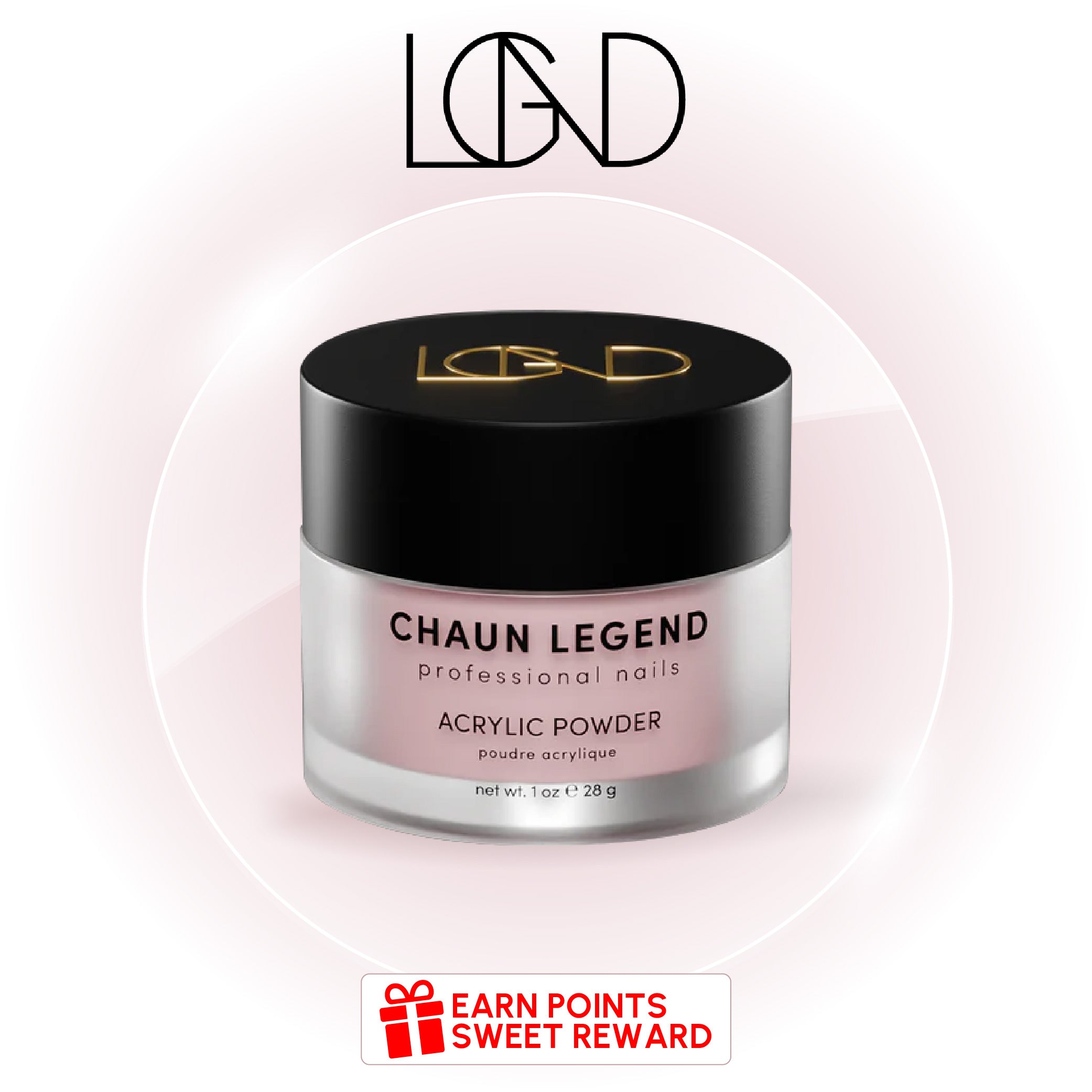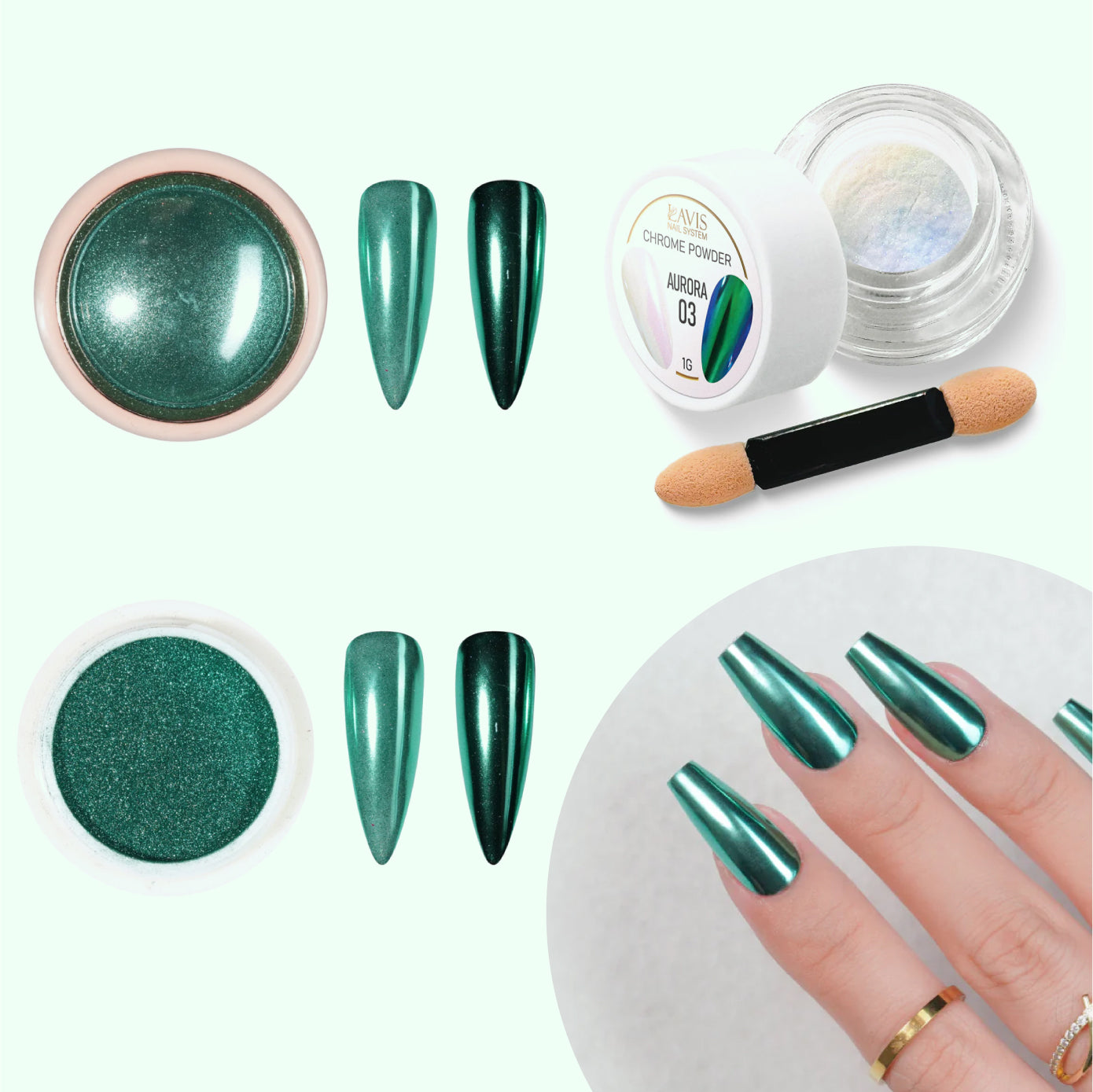Did you know that a fungal infection can permanently damage your nails? In extreme cases, the fungus can spread throughout the body with severe consequences. Therefore, it's crucial to use an antifungal treatment as soon as you discover the problem.
There are three types of treatments for a fungal infection. They include prescription oral and topical medication, over-the-counter products, and natural remedies. These natural cures include antifungal herbs like melaleuca, also known as tea tree oil. Let's talk about how to use tea tree oil for nail fungus.
How Long Does It Take for Tea Tree Oil to Work on Nail Fungus?
People often want to know how long it takes to clear up a nail fungal infection. Unfortunately, it's not a quick process. Even prescription medications can take weeks to months to eliminate the pesky fungus.
If you want a speedy recovery from nail fungus, a doctor may prescribe fluconazole or itraconazole. You'd need to take the medicine for 6 to 12 weeks to help the nail grow back healthy. Unfortunately, oral antifungal medications have undesirable side effects and aren't suitable when a person has certain health conditions like liver disease.
On the bright side, using topical treatments is much safer, although slower. Even though tea tree oil has potent antimicrobial effects, it may also take several weeks to get rid of nail fungus.
However, there are easy steps you can take to ensure that the antifungal treatment works as quickly as possible.
What Is the Best Way to Use Tea Tree Oil for Nail Fungus?
A study that compared clotrimazole antifungal cream to pure tea tree oil for treating toenail fungus found that they were equally effective. The trick is delivering the treatment to the source of the problem. In other words, it’s crucial to get the tea tree oil right on top of the fungal infection.
This means you’ll need to trim the nail regularly and be diligent about repeating the treatment at least twice a day. Here are the steps to follow to use tea tree oil for nail fungus:
- Wash and dry your hands and the infected area.
- Use manicure tools to trim the affected nail straight across but not too short. Leave a thin strip of white at the tip. Smooth rough edges with a file.
- Push back the cuticle to expose as much of the nail as possible.
- Apply a drop of tea tree oil (preferably diluted) directly on the nail once in the morning and once before bed. If you shower or swim during the day, repeat the treatment afterward.
- Let the oil penetrate before slipping on socks or gloves.
- Sanitize the clippers and any other tools you use by soaking them for 10 minutes in rubbing alcohol.
- Keep the affected hand or foot clean and dry as much as possible. For toenail fungus, you may need to switch socks or shoes more often.
If you don't see at least a slight improvement after 2 weeks of treatment, or if the infection spreads, please seek medical advice. A medical professional may need to debride the nail, or you may need a prescription treatment.
How Many times per Day Should I Apply Tea Tree Oil for Nail Fungus?
Apply the tea tree oil after you wake up and before you go to bed. If you go swimming, put it on again when you get dressed.
How Long Should I Leave Tea Tree Oil on My Nails?
Tea tree oil can be left on your nails all day and night. However, there are important safety tips you need to know. Please read the next section.
How to Use Tea Tree Oil Safely for Nail Fungus
You may have heard that tea tree oil is poisonous, and that's true if you swallow it. You'll definitely want to keep it stored away from children and pets.
Using pure tea tree oil on your skin can also be risky. It may cause an allergic reaction like stinging, redness, or peeling skin. But if you dilute it, you’ll make it safe to use without making it less potent.
Fill a teaspoon with a non-herbal carrier oil like coconut, olive, avocado, sesame, etc. Then add 3 drops of tea tree oil and combine. This mixture protects your skin while still preserving tea tree oil's antifungal properties. Moreover, some natural oils like coconut are also antifungal.
Sadly, it doesn’t work to dilute tea tree oil with water or alcohol. But you might enjoy a refreshing tea tree oil soak for your feet.
What Else Can You Use for Nail Fungus?
There are several other treatments for nail fungus, including antifungal nail polish and topical treatments like No Lift Nails Fung-Off. This liquid comes with a brush applicator for convenience. It features thymol, a natural derivative of thyme or oregano.
As you might guess, oregano, thyme, and eucalyptus oils also fight nail fungus. That's why people have successfully used Vicks VapoRub and Listerine mouthwash to clear up a fungal infection. Both products contain ingredients derived from these natural oils.
Plus, there’s Dr. G’s Clear Nail with 1% Tolnaftate, a synthetic antifungal that works well for ringworm and athlete's foot.
Lastly, lavender essential oil also fights fungal infections. You might have success using lavender cuticle oil, for example, to prevent the nail fungus from spreading.
When Should You See a Doctor for Nail Fungus?
Since psoriasis and other conditions can make the nails look like they have fungal infections, it's wise to get medical advice before trying a treatment. What causes one condition may cause the other to flare up, so a correct diagnosis is essential.
Conclusion
We hope these tips for how to use tea tree oil for nail fungus help you enjoy healthy nails again soon. Remember, the key is consistent treatment.
While you're here, we invite you to drop by our new arrivals page to see what’s trending in the nail world. Go ahead and get the most from our deals on popular nail supplies and enjoy free delivery on orders over $100!













